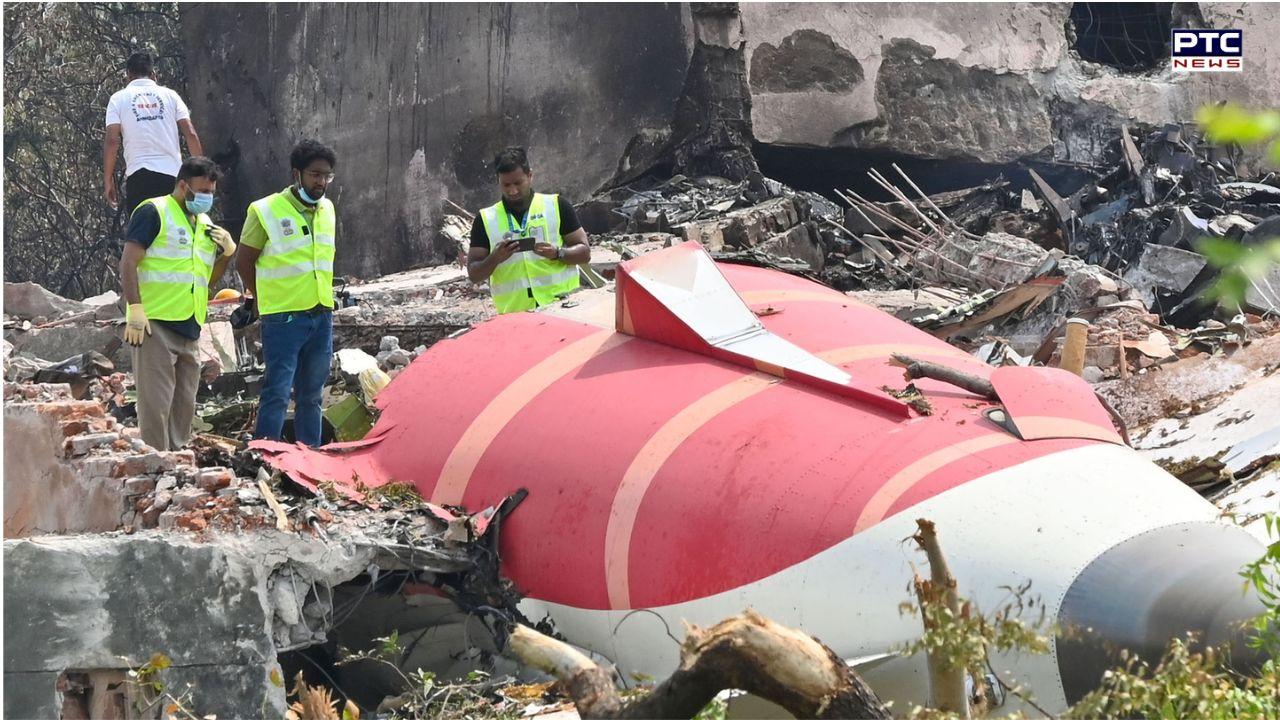

Air India plane crash: Simulator tests fail to reproduce dual-engine failure that killed over 270 passengers
PTC Web Desk: After the tragic crash of Air India flight AI-171 on June 12, which claimed the lives of over 270 persons, training pilots from Air India attempted to recreate the possible reasons behind the accident using a Boeing 787 simulator in Mumbai. However, they were unable to duplicate the failure that led to the deadly crash.
The simulator sessions focused on several possible technical problems. One key scenario tested was an electrical failure that might have caused both engines to shut down soon after takeoff. Despite multiple attempts, the pilots could not trigger a complete dual-engine failure during their simulations.
Investigators from the Aircraft Accident Investigation Bureau (AAIB) have already retrieved black box data, including the cockpit voice recorder and flight data recorder. They are now examining the position of fuel switches in the wreckage. This will help them determine whether the pilots may have accidentally turned off the engines during or shortly after takeoff from Ahmedabad.
To make the simulations realistic, the training pilots used the exact weight and balance data (known as a trim sheet) of AI-171. They also tested several emergency conditions, such as the failure of one engine, keeping the landing gear (undercarriage) down, and using incorrect flap settings during takeoff — all of which would make the aircraft harder to fly.
Even with one engine and these challenges, the simulator showed that the Boeing 787 could still gain altitude safely. The aircraft is equipped with powerful General Electric engines, each producing up to 70,000 pounds of thrust.
However, if both engines failed — as is suspected in the AI-171 crash — it would be nearly impossible to recover the aircraft, especially at a low altitude. Current Air India pilot training does not cover handling a dual-engine failure below 400 feet, since the chances of survival in such a situation are extremely low.
A preliminary report from the AAIB is expected next week. Many pilots are eager to learn what caused such a rare and severe failure in a modern aircraft that operates under strict international aviation safety standards.
This incident is significant not only for Air India, which owns 33 Boeing 787 Dreamliners, but also for Boeing and General Electric, as airlines around the world rely on this aircraft model for long-haul international flights. The AI-171 crash is the first fatal accident involving a Boeing 787 since the aircraft was introduced in 2011.
- With inputs from agencies
